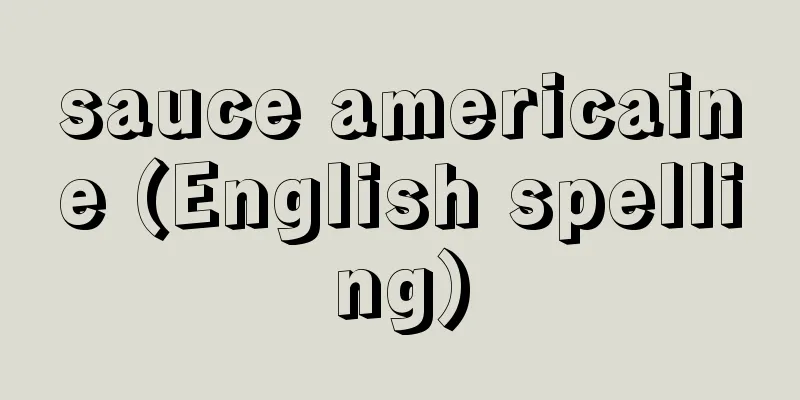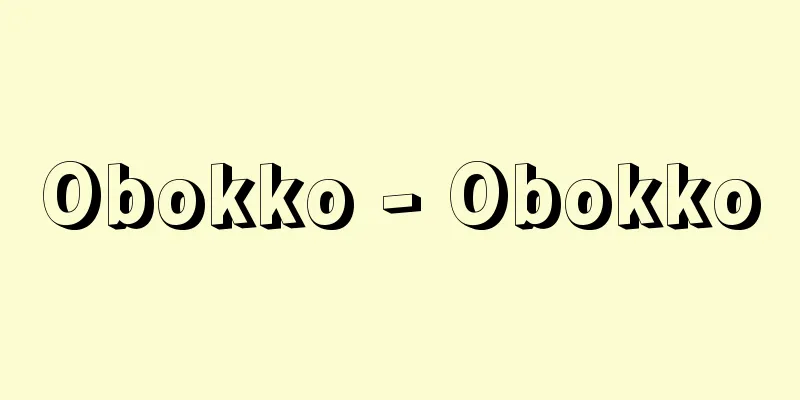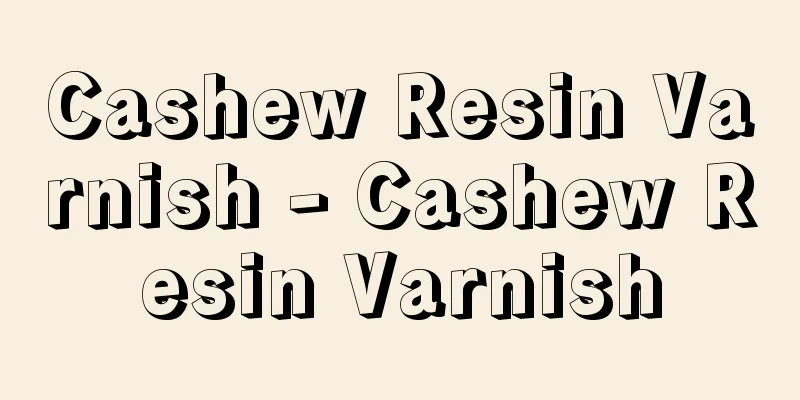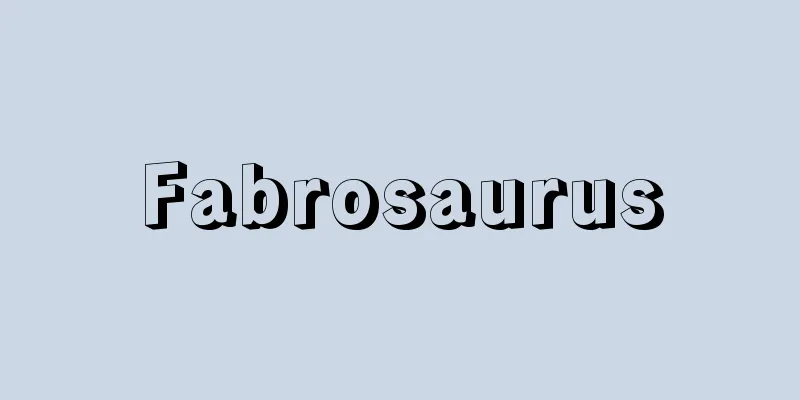Topology - Topology (English spelling)
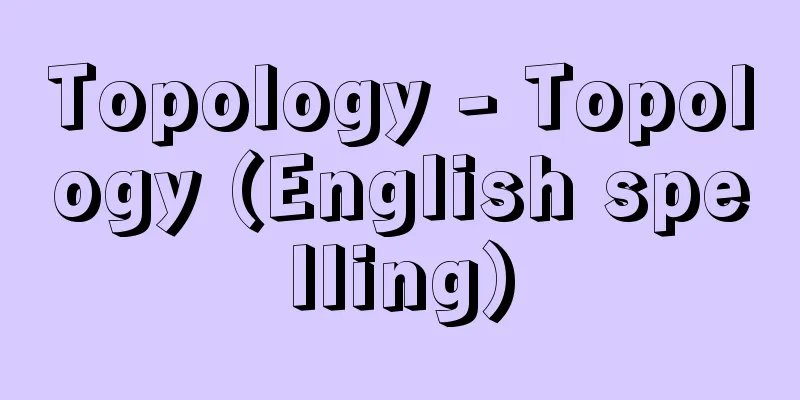
|
Topology is the geometry that studies the topologically invariant properties and concepts of figures, or generally topological spaces. The beginnings of this research can be seen in Euler and Gauss, but it is a field of modern mathematics that was founded in the early 20th century by the French mathematician and physicist Poincaré. Topology is broadly divided into topological space theory, combinatorial topology, algebraic topology, and differential topology. Topology is also called topology, but in this case it usually does not include the theory of topological spaces. When X and Y are topological spaces, if there is a one-to-one mapping f:X→Y from X onto Y, and f and its inverse mapping f -1 :Y→X are both continuous, then X and Y are said to be homeomorphic, and f is called a homeomorphism. Homeomorphic topological spaces are said to have common properties and concepts (such as fundamental groups, homology groups, and homotopy groups) that are topologically invariant. In terms of curved surfaces, if we consider a sphere and an ellipsoid to be made of an ideal rubber membrane, they are homeomorphic because they can be transformed into each other without tearing or pasting. In other words, any natural transformation of an ideal rubber membrane without cutting and pasting can be considered a homeomorphism. Since Poincaré, combinatorial and algebraic topology first developed around the Poincaré conjecture that he proposed, and then differential topology emerged around the time of World War II, making great advances such as solving part of the Poincaré conjecture. Research into differential topology has expanded to include catastrophe theory and the theory of dynamical systems, and it has become a fundamental theory in modern mathematics, with applications in various fields. [Hiroshi Noguchi] Combinatorial TopologyThe Königsberg Bridge Problem and Euler's polyhedron formula, which were thought up by Euler in the 18th century, heralded the birth of combinatorial topology. In combinatorial topology, we consider a topological space that can be triangulated into points, line segments, triangles, and tetrahedrons, generally n-dimensional simplexes, that is, polyhedra, and express the topological properties of these spaces algebraically as the way in which these simplexes are connected. [Hiroshi Noguchi] Fundamental group Following homology, Poincaré considered the fundamental group. This involves fixing a vertex x 0 of a polyhedron (or a topological space in general) X, and considering the set of continuous maps f:S 1 →X that map S 1 to X in such a way that a point O of the unit circle S 1 maps to x 0. The elements f and g of this set are the family of such maps with parameter t, {f t |0≦t≦1}, where f 0 =f, f 1 =g [Hiroshi Noguchi] Poincaré's conjectureThe Poincaré conjecture states that the only three-dimensional closed manifold that has the same homology group and fundamental group as the three-sphere is the three-sphere. A similar conjecture can be made in general n dimensions. That is, any n-dimensional closed manifold that has the same homology group and homotopy group as the n-sphere is the n-sphere. This is called the Poincaré conjecture in general dimensions. [Hiroshi Noguchi] Algebraic TopologyThe idea of fundamental groups was extended to homotopy groups by Witold Hurewicz (1904-1956) in 1935, and together with homology groups, the topological properties of topological spaces began to be studied in group theory. This was a development of algebraic topology, and cohomology groups were also studied, with homology theory being axiomatized in the 1950s. General cohomology theory subsequently developed into K-theory and homology algebra. [Hiroshi Noguchi] Recent developments: differential topologyPoincaré aspired to study topology through the orbital problems of celestial mechanics, so differential calculus and topology should have been deeply related, but he first developed the above-mentioned combinatorial and algebraic topology as his basic research. Around 1936, the concept of differential manifolds was established by Hassler Whitney (1907-1989), who prepared the basic theory. In the 1940s, Steward Scott Cairns (1904-1982) and Whitehead showed that differential manifolds can be triangulated, that is, they are polyhedra (combinatorial manifolds). After World War II, the theory of fiber bundles was developed, and differential topology made explosive progress in the 1950s against the backdrop of the results of algebraic topology. That is, in 1954, Tom R. Thom defined that two n-dimensional closed manifolds M1 and M2 are coboundary if they are on the boundary ∂N= M1 - M2 of a certain n+1-dimensional manifold N, and classified manifolds using homotopy theory. This result was a valuable step toward the ultimate goal of topology, which is to classify manifolds topologically, and is today known as cobordism theory. In 1956, John Willard Milnor (1931- ) discovered differential manifolds that are homeotopological to the seven-sphere S7 but do not have the differential structure of S7 , and named them exotic spheres. Milnor developed PL topology, which is a more advanced version of combinatorial topology, and conducted detailed research on the differential structure of PL manifolds, especially exotic higher-dimensional spheres. In 1962, Stephen Smale (1930- ) gave a positive solution to the Poincaré conjecture for n ≥ 5. Along with the Poincaré conjecture, there is the fundamental conjecture, which is a fundamental problem in topology. This is the question of whether two triangulations K 1 and K 2 of a combinatorial manifold are combinatorially the same. Furthermore, the question of triangulation, which is whether a manifold can be triangulated in the first place, is an equally important question, and there is also the question of whether a manifold always has a differential structure. These problems were difficult to solve across combinatorial topology, algebraic topology, PL topology, and differential topology, but LC Siebenmann (1939- ) provided a counterexample to the fundamental conjecture in 1969, and it became known that there are manifolds that cannot be triangulated, and even manifolds that do not have a differential structure. Then, in 1982, MH Freedman solved the Poincaré conjecture for n=4. [Hiroshi Noguchi] "New Topology" by Tatsuo Homma (Kodansha Bluebacks) [References] | |Source: Shogakukan Encyclopedia Nipponica About Encyclopedia Nipponica Information | Legend |
|
図形すなわち一般には位相空間の位相的に不変な性質や概念を研究する幾何学がトポロジーであり、オイラーやガウスにその研究の萌芽(ほうが)をみることもできるが、本格的には、20世紀初頭よりフランスの数学者・物理学者ポアンカレによって創始された現代数学の一つの分野である。トポロジーは、位相空間論、組合せトポロジー、代数的トポロジー、微分トポロジーに大別される。トポロジーはまた位相幾何学ともよばれるが、この場合は位相空間論を含まないのが普通である。 XとYとが位相空間であるとき、XよりYの上への一対一写像f:X→Yがあり、fおよびその逆写像f-1:Y→Xとがともに連続であるとき、XとYとは同位相であるといい、fを同位相写像homeomorphismという。同位相な位相空間が共通にもつ性質や概念(たとえば基本群、ホモロジー群、ホモトピー群など)は位相的に不変であるという。曲面でいえば、球面と楕円(だえん)面とは、それらが理想的なゴム膜からできているとするとき、破ったり貼(は)ったりしないで互いに変形できるので同位相である。すなわち、理想的なゴム膜の切り貼りしない自然な変形は、同位相写像とみなせる。 ポアンカレ以来、彼が提出したポアンカレの予想をめぐって、まず組合せトポロジーおよび代数的トポロジーが発展し、第二次世界大戦ころより微分トポロジーが台頭し、ポアンカレ予想の一部分を解決するなどの大発展をなし、カタストロフィー理論や力学系の理論へとその研究が拡大されるとともに、現代数学での基礎理論となり、各分野で応用されている。 [野口 廣] 組合せトポロジーオイラーが18世紀に考えたケーニヒスベルクの橋の問題やオイラーの多面体の公式などが組合せトポロジーの誕生を告げるものである。組合せトポロジーでは、点と線分と三角形と四面体、一般にn次元単体に三角形分割できるような位相空間、すなわち多面体を考え、この位相的性質をこれら単体間の結合の仕方として代数的に表現する。 [野口 廣] 基本群ポアンカレはホモロジーに続いて基本群を考えた。これは多面体(一般に位相空間でよい)Xのある頂点x0を固定し、単位円周S1の一点Oがこのx0に写るようにS1をXへ写す連続写像f:S1→Xの集合を考える。この集合の元fとgとは、パラメーターtをもつこうした写像の族 [野口 廣] ポアンカレの予想ポアンカレの予想とは、三次元球面とホモロジー群も基本群も同じである三次元閉多様体は、三次元球面に限るという主張である。類似の予想が一般のn次元でも考えられる。すなわち、n次元球面と同じホモロジー群や同じホモトピー群をもつn次元閉多様体はn次元球面である。これを一般次元のポアンカレの予想という。 [野口 廣] 代数的トポロジー基本群の考えは、1935年にフレビッチWitold Hurewicz(1904―1956)によってホモトピー群へ拡張され、ホモロジー群と相まって位相空間の位相的性質が群論的に研究され始めた。これは代数的トポロジーの発展であり、コホモロジー群なども研究され、1950年代にはホモロジー論は公理化された。その後一般コホモロジー論はK理論やホモロジー代数へと発展している。 [野口 廣] 最近の発展――微分トポロジーポアンカレは天体力学の軌道の問題からトポロジーの研究を志したから、本来微分学とトポロジーとは深く関連すべきものであったが、ポアンカレはその基本的研究として前記の組合せ、代数的トポロジーをまず展開した。1936年ころより微分多様体の概念がホイットニーHassler Whitney(1907―1989)により確立され、彼によって基本的理論が準備された。1940年代にケアンズSteward Scott Cairns(1904―1982)およびホワイトヘッドが、微分多様体は三角形分割できること、すなわち多面体である(組合せ多様体となる)ことを示した。そして第二次大戦後ファイバー・バンドル(ファイバー束)の理論が整備され、代数的トポロジーの成果を背景として微分トポロジーは1950年代に爆発的に発展した。すなわち、1954年にトムR. Thomは、二つのn次元閉多様体M1とM2は、あるn+一次元多様体Nの境界∂N=M1-M2になるとき同境であると定めて、ホモトピー理論を用いて多様体を分類した。この結果は多様体を位相的に分類するというトポロジー究極の目標へ向けての貴重な一歩であり、今日コボルディズム理論とよばれている。 1956年にはミルナーJohn Willard Milnor(1931― )は、七次元球面S7と同位相ではあるが、S7のような微分構造をもたない微分多様体を発見し、これらをエキゾティックな球面と命名した。ミルナーは組合せトポロジーを深めたPLトポロジーを展開し、PL多様体の微分構造、とくにエキゾティックな高次元球面の詳しい研究を進めた。1962年にスメールStephen Smale(1930― )は、n≧5の場合のポアンカレ予想を肯定的に解決した。 ポアンカレの予想と並んで、トポロジーの基本的問題として基本予想がある。これは、組合せ多様体が二つの三角形分割K1、K2をもつとき、それらは組合せ的に同じ分割であるか否かという問題である。そしてさらに、そもそも多様体は三角形分割できるものかどうかという三角形分割の問題も同様に重要な問題であり、また、多様体に微分構造がいつも入るのか否かという問題もある。これらの問題は組合せトポロジー、代数的トポロジー、そしてPLトポロジーや微分トポロジーにわたる難問であったが、シーベマンL. C. Siebenmann(1939― )が1969年に基本予想の反例をつくり、また三角形分割できない多様体のあることや、さらに微分構造をもたない多様体の存在も知られるに至っている。そして1982年にn=4の場合のポアンカレ予想が、フリードマンM. H. Freedmanによって解かれた。 [野口 廣] 『本間竜雄著『新しいトポロジー』(講談社・ブルーバックス)』 [参照項目] | |出典 小学館 日本大百科全書(ニッポニカ)日本大百科全書(ニッポニカ)について 情報 | 凡例 |
Recommend
shot blasting
…Depending on the material, there are different t...
Qumran (English spelling)
An archaeological site on the western shore of the...
Abydos (English spelling)
The most famous sacred site of ancient Egypt. Egyp...
silencer
…In such cases, a silencer is a device installed ...
En passant - En passant
…This special move is only allowed when (a) neith...
Bagworm commotion - Bagworm commotion
A general term for peasant uprisings that occurred...
Demographics
Humans live within social groups known as populati...
Sarai
…This name is thought to have meant “the father i...
Babaevskii, SP (English spelling)
...This theory, formulated by the playwright Niko...
Dense planting - mishoku
〘 noun 〙 The act of planting fruit trees without a...
Hiburi Island
An island in the Uwa Sea in western Ehime Prefect...
Cardano's formula - Cardano's formula
…But neither of them made their secrets public. C...
Akiba Sanjakubou
…However, the central figure that has come to att...
Squid (Ika) - squid (English spelling)
A general term for the living Sepioidea and Teutho...
Photomultiplier tube - photomultiplier tube
The most sensitive photodetector in the weak ligh...

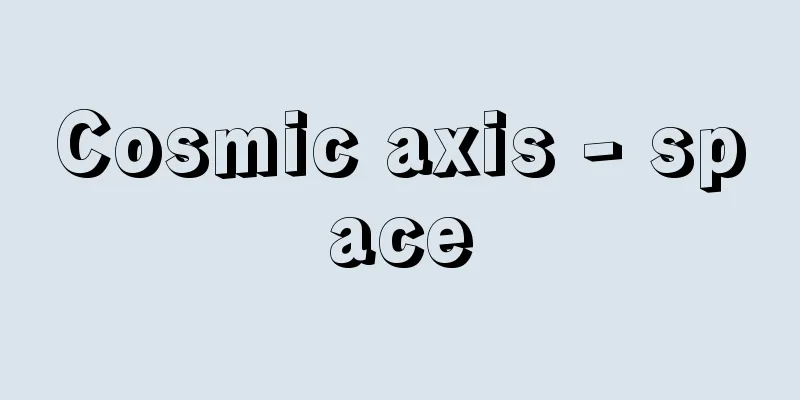

![Kashiwa [city] - Kashiwa](/upload/images/67cb3368b0f03.webp)
